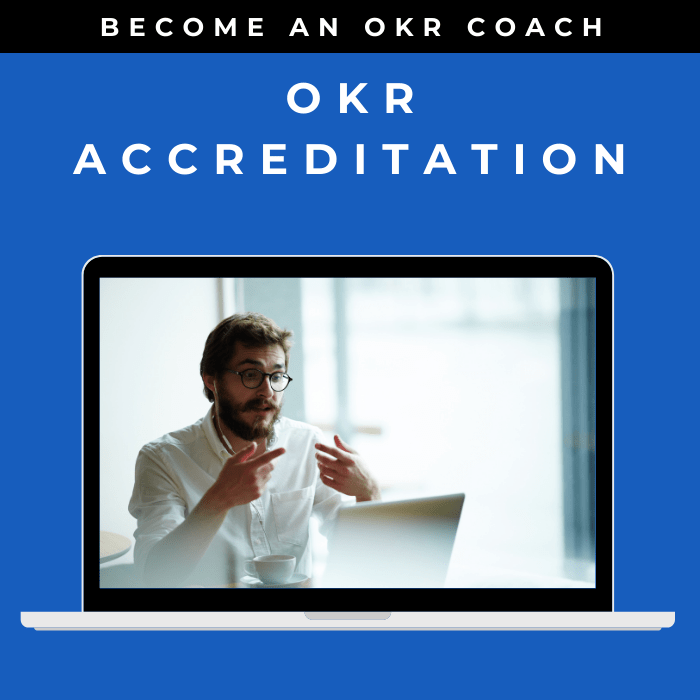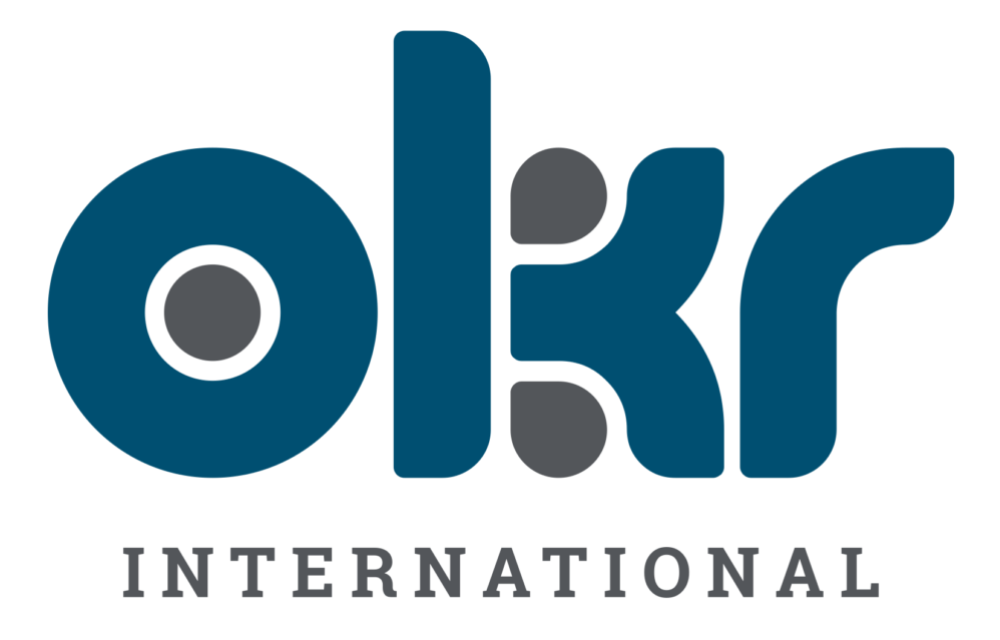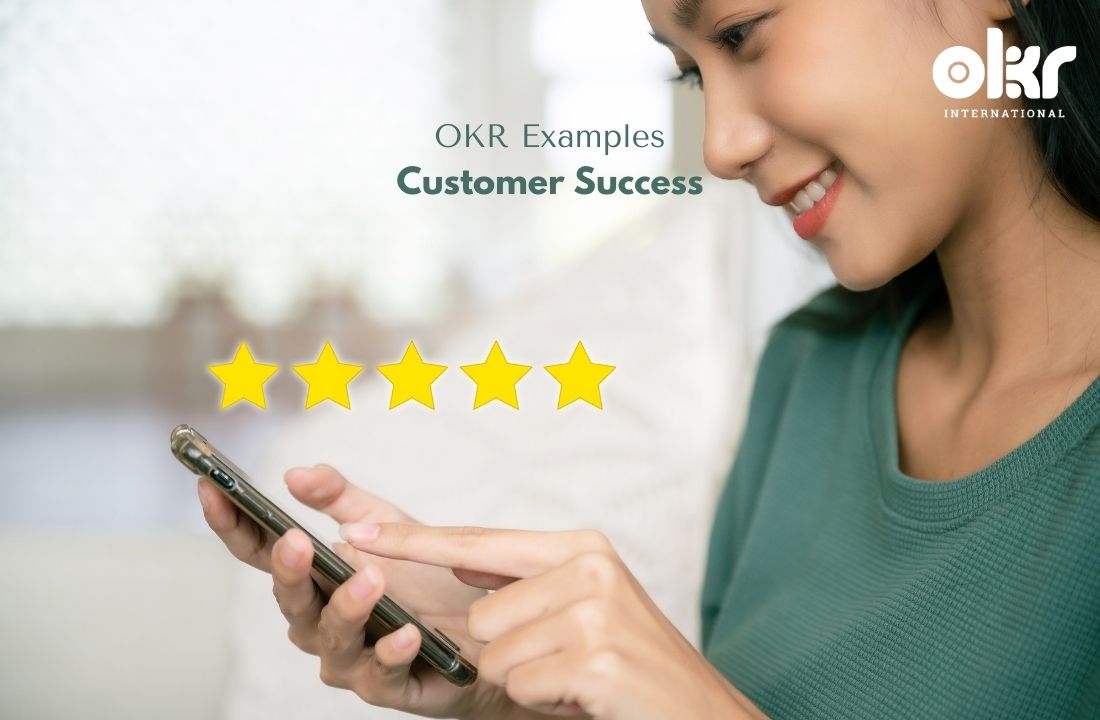10 Imperative OKR Examples in Customer Success
Customer Success is a crucial function that focuses on ensuring customer satisfaction, retention, and growth. OKRs can play a significant role in driving success in Customer Success. Here, we present ten imperative OKR examples in Customer Success, offering valuable insights for organizations aiming to excel in this function and achieve their customer-centric goals.
1. Increasing Customer Satisfaction
Objective: Enhance overall customer satisfaction and happiness.
Key Results:
- Achieve a 10% increase in customer satisfaction scores based on post-interaction surveys.
- Reduce customer churn rate by 15% within the next quarter.
- Achieve a 95% customer retention rate for the fiscal year.
2. Improving Onboarding Process
Objective: Streamline and enhance the customer onboarding experience.
Key Results:
- Reduce the average time-to-value for new customers by 20%.
- Increase the percentage of customers completing onboarding milestones by 15%.
- Achieve a 90% customer satisfaction rate specifically related to the onboarding process.
3. Enhancing Product Adoption
Objective: Drive higher usage and adoption of key product features.
Key Results:
- Increase the average number of active users per customer account by 20%.
- Achieve a 10% increase in the usage of specific product features targeted for adoption.
- Reduce the time between customer onboarding and first product usage by 15%.
4. Strengthening Renewal Rate
Objective: Improve customer contract renewal rates.
Key Results:
- Achieve a 95% customer contract renewal rate for the next fiscal year.
- Identify and engage with customers at risk of non-renewal and successfully retain 80% of them.
- Implement 1 customer engagement program to proactively manage contract renewal discussions.
5. Enhancing Customer Loyalty
Objective: Foster long-term loyalty and advocacy among customers.
Key Results:
- Achieve a 25% increase in customer referral rate.
- Launch a customer advocacy program and identify 10 customer advocates to participate within the next quarter.
- Increase the Net Promoter Score (NPS) by 10 points within the next year.
6. Improving Customer Support Effectiveness
Objective: Enhance the efficiency and effectiveness of customer support.
Key Results:
- Reduce average response time to customer support tickets by 30%.
- Achieve a 90% customer satisfaction rate for customer support interactions.
- Implement a self-service knowledge base and achieve a 20% decrease in support ticket volume.
7. Driving Upsell and Cross-Sell
Objective: Increase revenue through upselling and cross-selling to existing customers.
Key Results:
- Achieve a 20% increase in upsell and cross-sell revenue compared to the previous quarter.
- Identify and execute upselling opportunities with at least 15 existing customers.
- Achieve a 10% increase in average deal size for upsells and cross-sells.
8. Enhancing Customer Engagement
Objective: Foster active and meaningful engagement with customers.
Key Results:
- Increase the frequency of customer interactions and touchpoints by 15%.
- Launch a customer community platform and achieve a 30% participation rate among customers.
- Implement customer feedback mechanisms and achieve a 75% response rate to customer surveys.
9. Improving Customer Health
Objective: Monitor and improve the overall health and success of customers.
Key Results:
- Develop a customer health score model and achieve a 90% accuracy rate in predicting customer health.
- Implement proactive customer health monitoring and achieve a 15% decrease in the number of at-risk customers.
- Increase the percentage of customers classified as “successful” based on predefined metrics by 10%.
10. Enhancing Customer Feedback and Insights
Objective: Collect and leverage customer feedback to drive continuous improvement.
Key Results:
- Conduct customer feedback surveys and achieve a 20% response rate.
- Implement 1 process for analyzing and addressing customer feedback within 2 weeks.
- Achieve a 50% increase in customer suggestions implemented as product or service enhancements.
By adopting these OKR examples in Customer Success, organizations can drive customer satisfaction, improve retention, foster loyalty, and maximize revenue growth. These strategic objectives and key results serve as guiding principles for organizations seeking to excel in their Customer Success efforts and deliver exceptional value to their customers.

When looking to set OKRs, it’s natural to want examples to ignite the thought process or simply compare yours to OKR Examples. Check out our compendium of OKR Examples here.
Explore Our Range of Services
Bring OKRs (Objectives and Key Results) to your organisation with our tried & tested OKR Framework.


OKR International’s highly acclaimed Certified OKR Practitioner Program is the first and only OKR accreditation endorsed by ICF & HRCI for continuing education units.
OKR International helps leaders create the alignment, engagement and result orientation needed for growth by offering OKR Advisory services.



